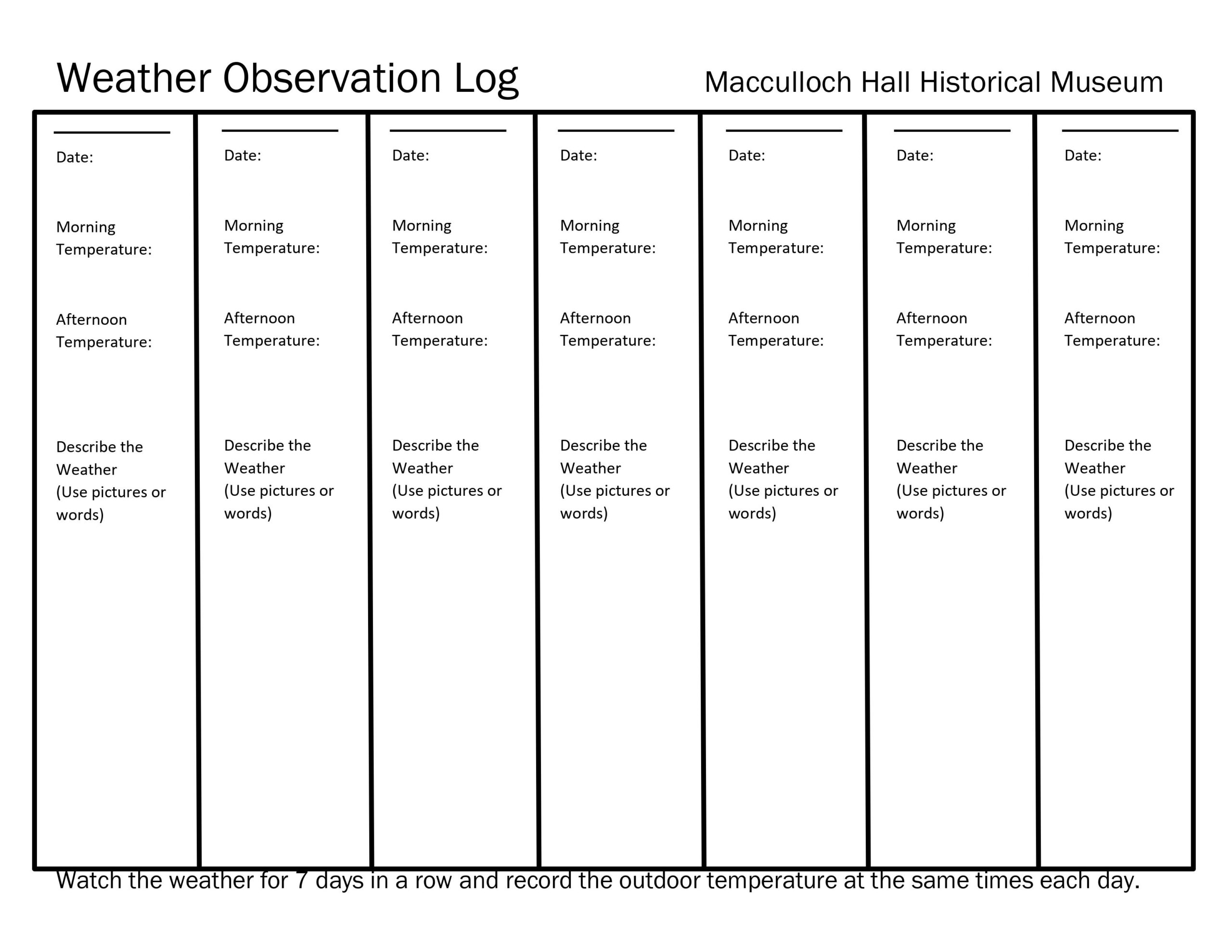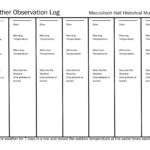Rain, snow, partly cloudy skies—right or wrong, where would we be without daily weather forecasts? In 1870, 150 years ago this year, President Grant signed into law a bill that established the National Weather Service. The 1870 bill was introduced and passed in response to the number of shipwrecks in the Great Lakes caused by bad weather. In a two-year period, over 3,078 shipwrecks occurred and 530 lives were lost.
Today, the National Weather Service has 122 weather forecast offices (WFO) in six regions. New Jersey’s weather forecast office is located is located in Mount Holly (Philadelphia) with the office call sign PHI.
20 years before the National Weather Service received its official designation, volunteer weather observers were collecting data and telegraphing it to a central location to be plotted on maps and analyzed. Believe it or not, the telegraph (which was first demonstrated by Samuel Morse in Morristown, NJ) and the Smithsonian Institution were critical to this work. The Smithsonian Institution was the central location where weather maps were created and archived. Over 500 weather stations were sending daily weather reports by telegraph by 1860.
In recognition of the work of the National Weather Service, MHHM will focus on weather throughout August during Wednesday’s Storytime: Guess & Go! at noon on Facebook Live.
Resources:
Topic: Nature
Age / Level: Elementary



